Paths and Maps
We currently offer more than 130 organized routes along the Camino de Santiago, distributed across 8 stage sections (French, Portuguese, English, Northern, Fisterra, Primitive, Sanabrés, and Via de la Plata), and in 3 types of accommodation (private hostels, inns and hotels, charming houses and manor houses). Our tours are available both on foot and by bike.
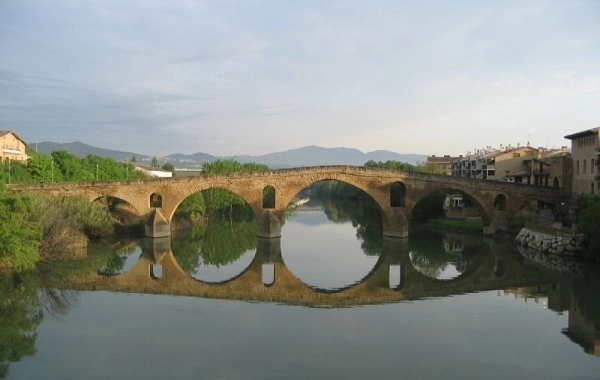
Maps and Routes French Way
The Camino de Santiago, also known as the Jacobean Route, is one of the most enriching experiences both culturally and spiritually. Recognised as a European Cultural Itinerary by the Council of Europe in 1987 and as a World Heritage Site by UNESCO, it is a symbol of Europe's shared history. The French Way: The Most Popular Route The French Way is the most well-known and travelled route. This itinerary, covering 750 kilometres, connects Roncesvalles (Navarre) with Santiago de Compostela (Galicia).…
View route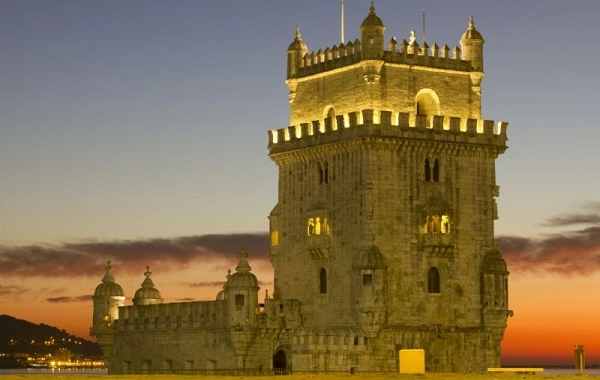
Maps and Routes Portuguese Way
The Portuguese Way is one of the main pilgrimage routes to Santiago de Compostela, crossing Portuguese lands before entering Galicia. With various variants and a rich history, this route has been a hub for cultural and economic exchange since the 12th century. Below, we present a clear overview of the different routes of the Portuguese Way and its evolution. History and Evolution of the Portuguese Way The Portuguese Way has been used by pilgrims since the Middle Ages, especially from the 12th century,…
View route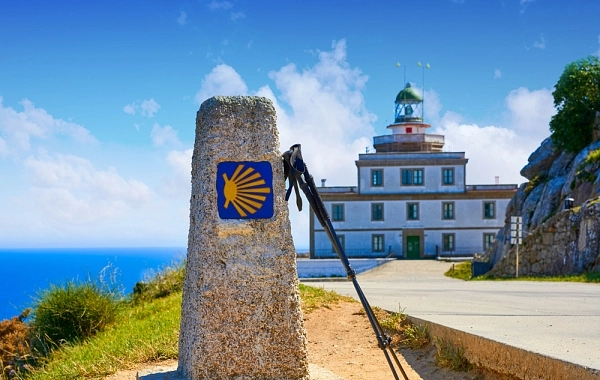
Maps and Routes Fisterra
The Connection Between Finisterrae and the Jacobean Cult The relationship between the ancient "Finisterrae" and the Jacobean cult dates back to the discovery of the tomb of the Apostle Saint James. According to various versions of the transfer of Saint James' body to Galicia, the city of Dugium, located on the isthmus of Finisterre, is mentioned as a key point in these stories. In Muxía, another town connected to the Camino, there is a legend where the Virgin Mary appears in human form. Additionally,…
View route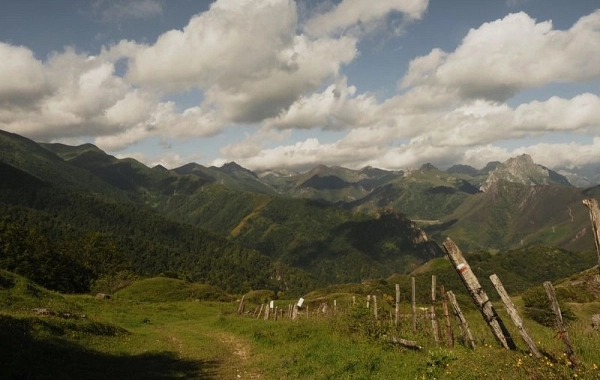
Maps and Routes Primitive Way
The Camino Primitivo, also known as the Original Way or Primitive Way to Santiago, is one of the oldest and most challenging historical routes to Santiago de Compostela, where the tomb of Saint James the Greater is located. This route offers pilgrims a unique experience, with breathtaking landscapes and a journey that preserves all the historical and spiritual essence of the first pilgrims. What is the Camino Primitivo? The Camino Primitivo is considered the original route to Santiago de Compostela.…
View route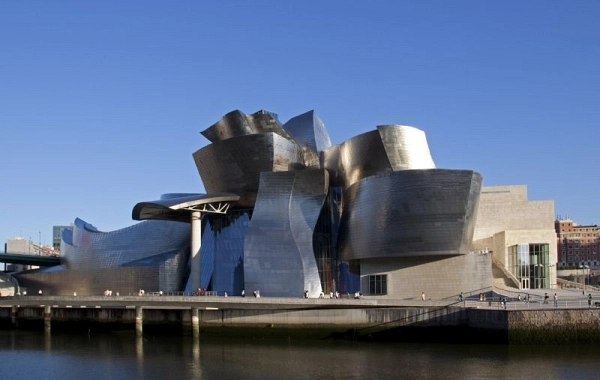
Maps and Routes of the Northern Way
The Northern Way, also known as the Coastal Way, is one of the most iconic routes of the Camino de Santiago. It is the second most popular route among pilgrims, after the famous French Way. Known for its natural beauty, this route follows the northern coast of Spain, from the Pyrenees to Santiago de Compostela. Origin of the Northern Way The origin of the Northern Way dates back to the discovery of the tomb of the Apostle James. In the 9th century, King Alfonso II the Chaste pilgrimaged from Oviedo,…
View route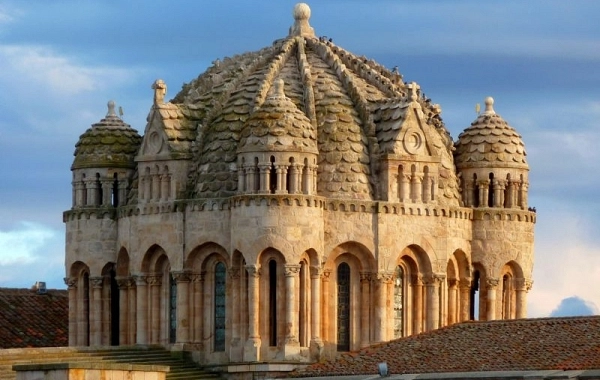
Maps and Routes Via de la Plata
The Camino de Santiago offers multiple routes that lead to the majestic cathedral of Compostela. While the Camino Francés is the most well-known and the Camino del Norte has significant historical importance, other routes, such as the Vía de la Plata, also provide an authentic and enriching experience for pilgrims. Below, we explore this fascinating itinerary that connects Seville with Santiago, passing through unique historical and cultural landscapes. What is the Vía de la…
View route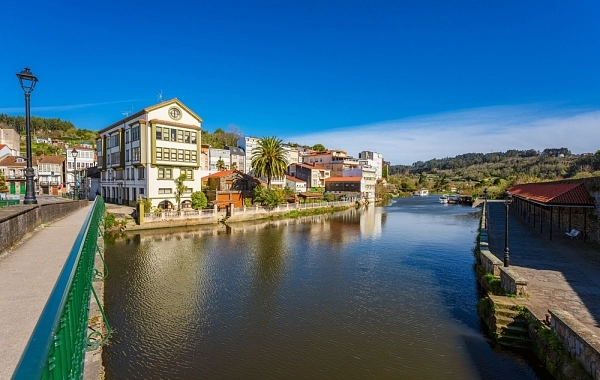
Camino Ingles
The English Way is one of the lesser-known routes of the Camino de Santiago, but it boasts rich history and natural beauty. This route, connecting the cities of Ferrol and A Coruña with Santiago de Compostela, is a popular choice for those seeking a shorter and more accessible pilgrimage while preserving the authenticity and spiritual experience of the Camino. What is the English Way? The English Way owes its name to the English pilgrims who arrived by sea to the coasts of Galicia, particularly…
View route
Mapas y Rutas Camino Sanabres
The Sanabrés Route: Path to Santiago de Compostela The Sanabrés Route is one of the most historic and authentic paths leading pilgrims to Santiago de Compostela, home to the tomb of the Apostle James. Along this route, walkers experience a journey filled with natural beauty, history, and tradition. It is distinguished by its tranquility and lesser traffic compared to more popular routes like the French Way. What is the Sanabrés Route? The Sanabrés Route is a secondary…
View route


